At the core of uncovering extreme events such as floods is the physics of fluids – specifically turbulent flows.
Tag: Fluids
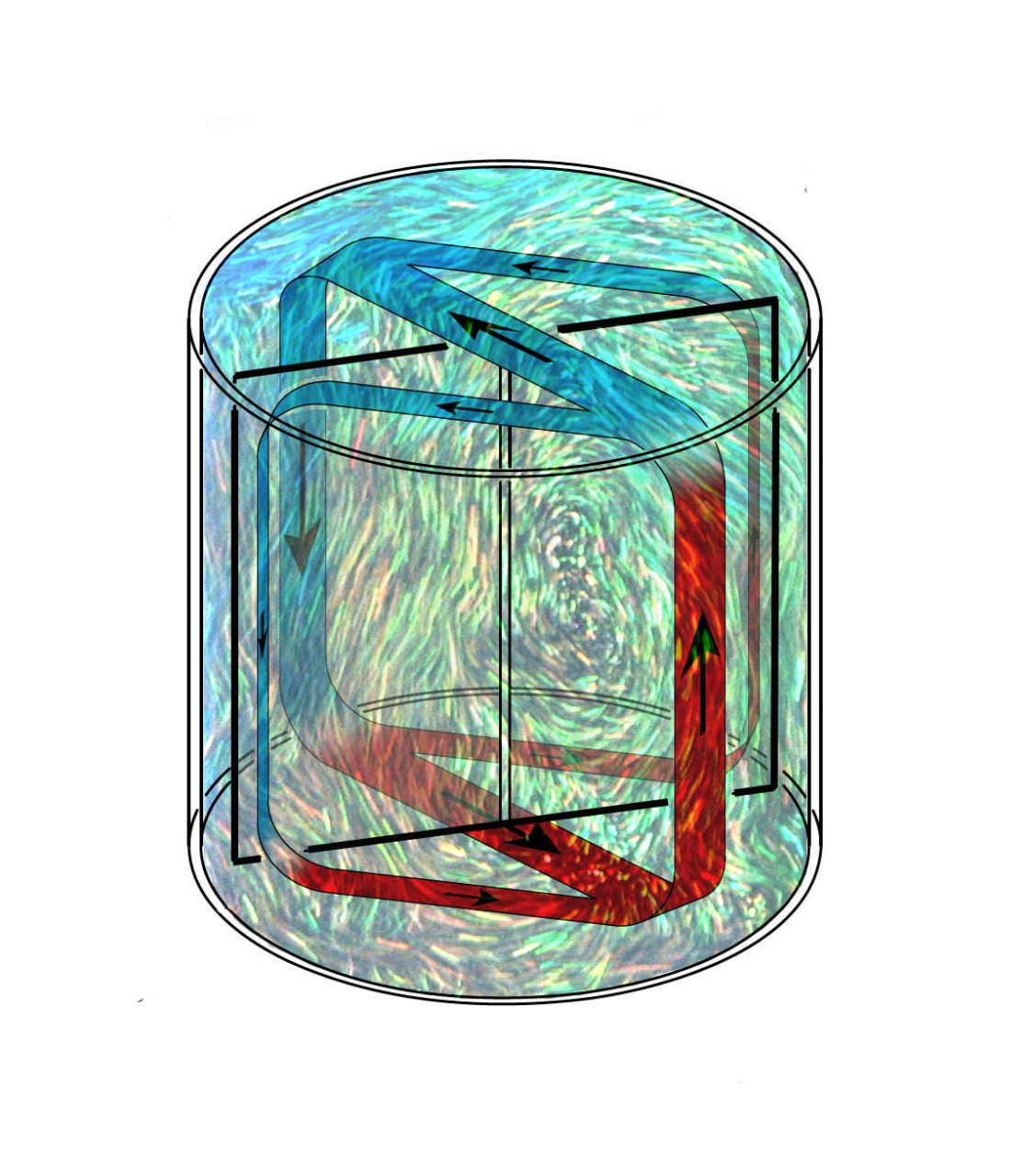
Physicists take the temperature of fluid flows and discover new role for turbulence
A team of physicists has discovered a new role for a specific type of turbulence—a finding that sheds light on fluid flows ranging from the Earth’s liquid core to boiling water.
Novel thin and flexible sensor characterizes high-speed airflows on curved surfaces
The energy and transportation sector often make use of different kinds of fluid machinery, including pumps, turbines, and aircraft engines, all of which entail a high carbon footprint.
Physicists Uncover New Dynamical Framework for Turbulence
Physicists at Georgia Tech have proven — numerically and experimentally — that turbulence in fluid flows can be understood and quantified with the help of a small set of special solutions that can be precomputed for a particular geometry, once and for all.
Porous artificial rock helps channel an answer to a 54-year-old mystery
Princeton researchers have solved a 54-year-old puzzle about why certain fluids strangely slow down under pressure when flowing through porous materials, such as soils and sedimentary rocks.
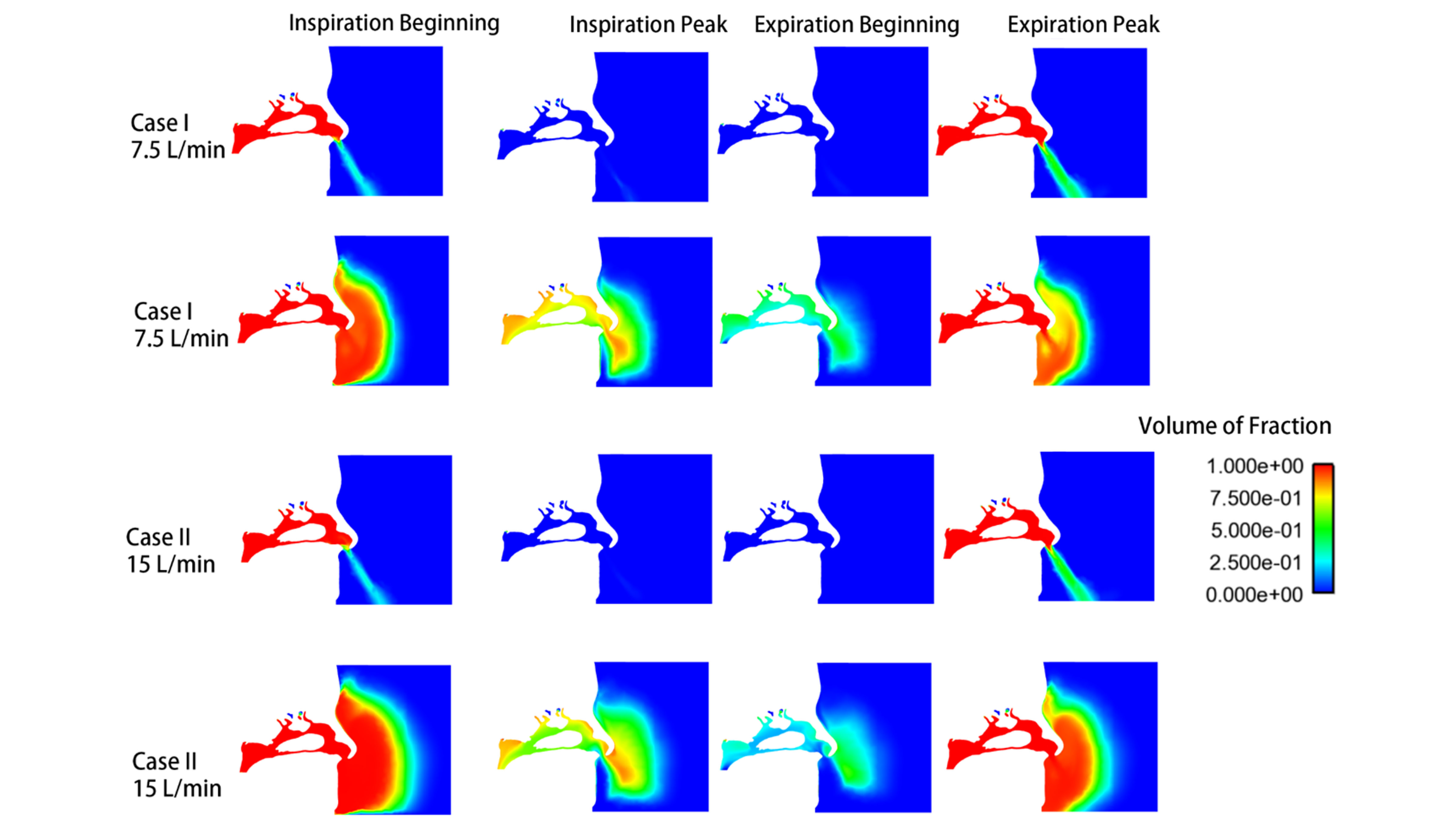
Face Masks Slow Spread of COVID-19; Types of Masks, Length of Use Matter
Using face masks to help slow the spread of COVID-19 has been widely recommended by health professionals. This has triggered studies of the materials, design, and other issues affecting the way face masks work. In Physics of Fluids, investigators looked at research on face masks and their use and summarized what we know about the way they filter or block the virus. They also summarize design issues that still need to be addressed.
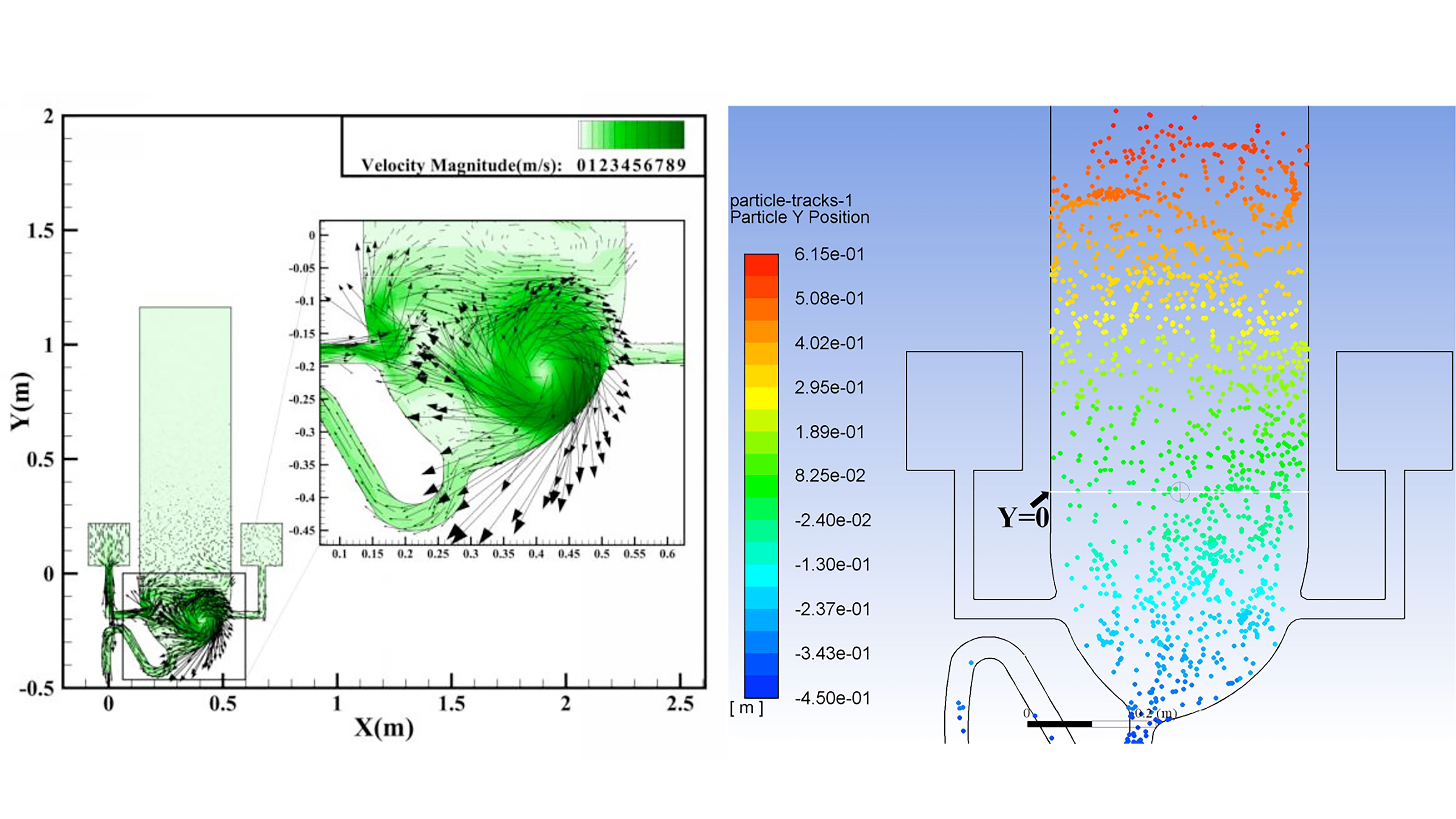
Flushing Toilets Create Clouds of Virus-Containing Particles
Researchers used a computer simulation to show how a flushing toilet can create a cloud of virus-containing aerosol droplets that is large and widespread and lasts long enough that the droplets could be breathed in by others. With recent studies showing the COVID-19 virus can survive in the human digestive tract and show up in feces of the infected, this raises the possibility the disease could be transmitted with the use of toilets.
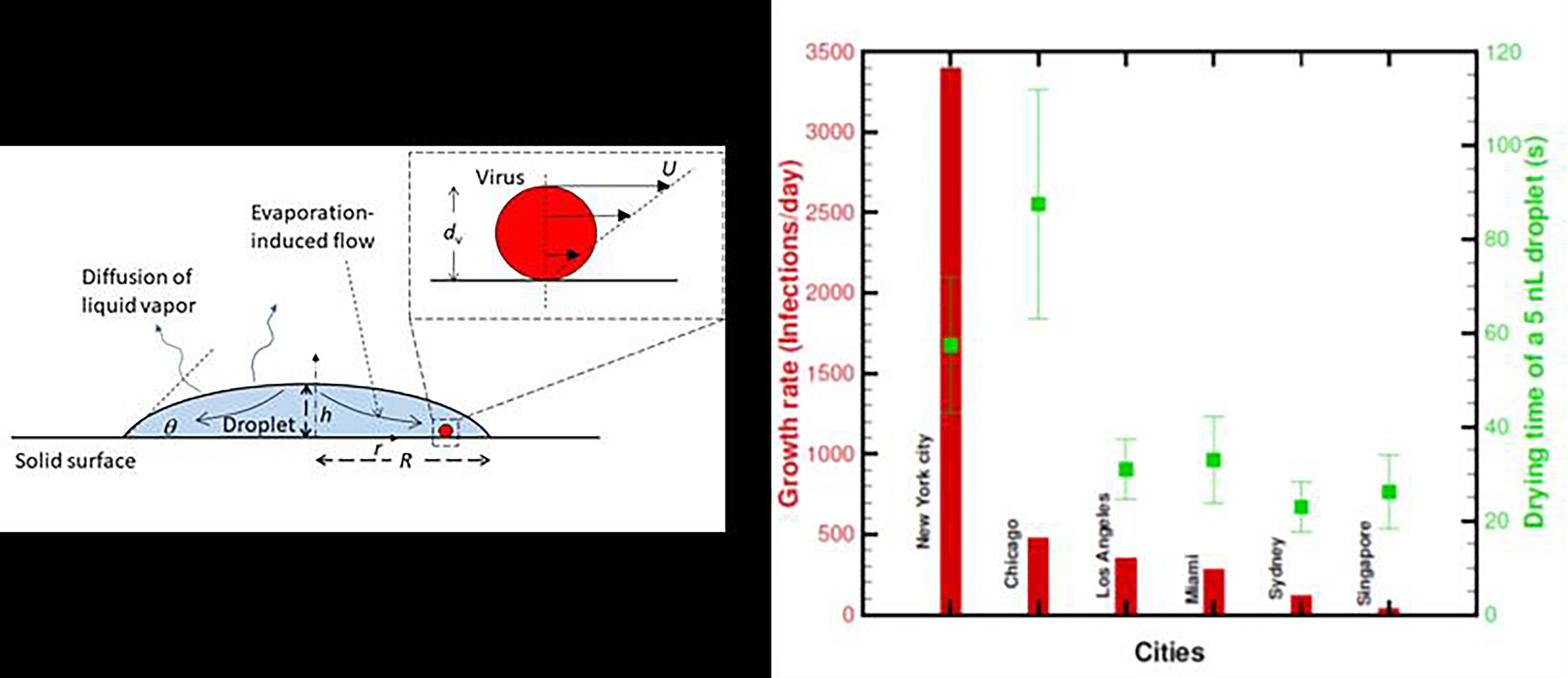
Survival of Coronavirus in Different Cities, on Different Surfaces
One of the many questions researchers have about the COVID-19 virus is how long it remains alive after someone infected coughs or sneezes. In Physics of Fluids, researchers examine the drying time of respiratory droplets from COVID-19-infected subjects on various surfaces in six cities around the world. Using a model well established in the field of interface science, the drying time calculations showed ambient temperature, type of surface and relative humidity play critical roles.
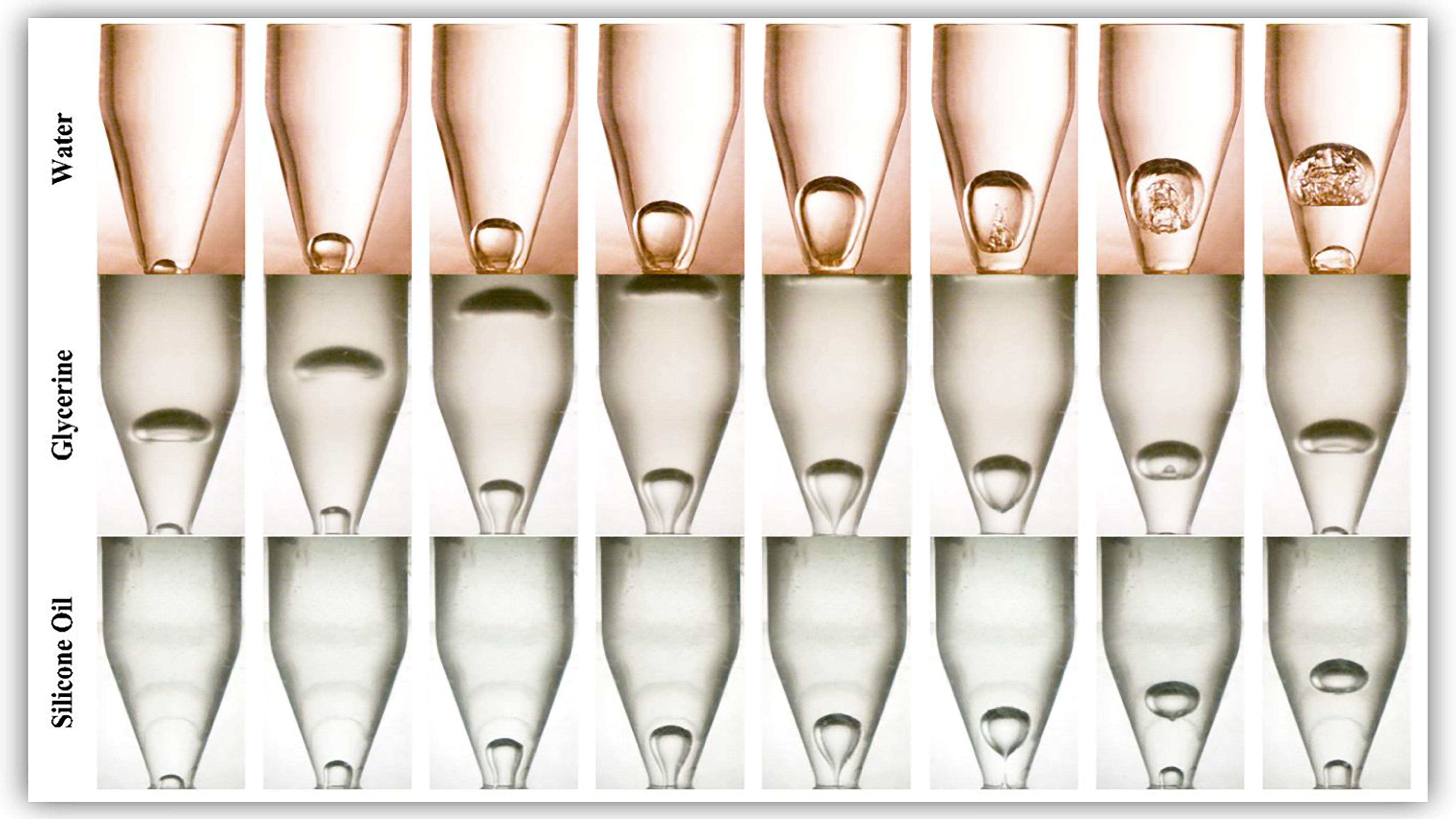
Bubble Dynamics Reveal How to Empty Bottles Faster
Researchers from the Indian Institute of Technology Roorkee have discovered how to make bottles empty faster, which has wide-ranging implications for many areas beyond the beverage industry. In this week’s Physics of Fluids, they explore this bottle-emptying phenomenon from the perspective of bubble dynamics on a commercial bottle by using high-speed photography. Image analysis allowed them to conceptualize various parameters, such as liquid film thickness, bubble aspect ratio, rise velocity and bottle emptying modes.
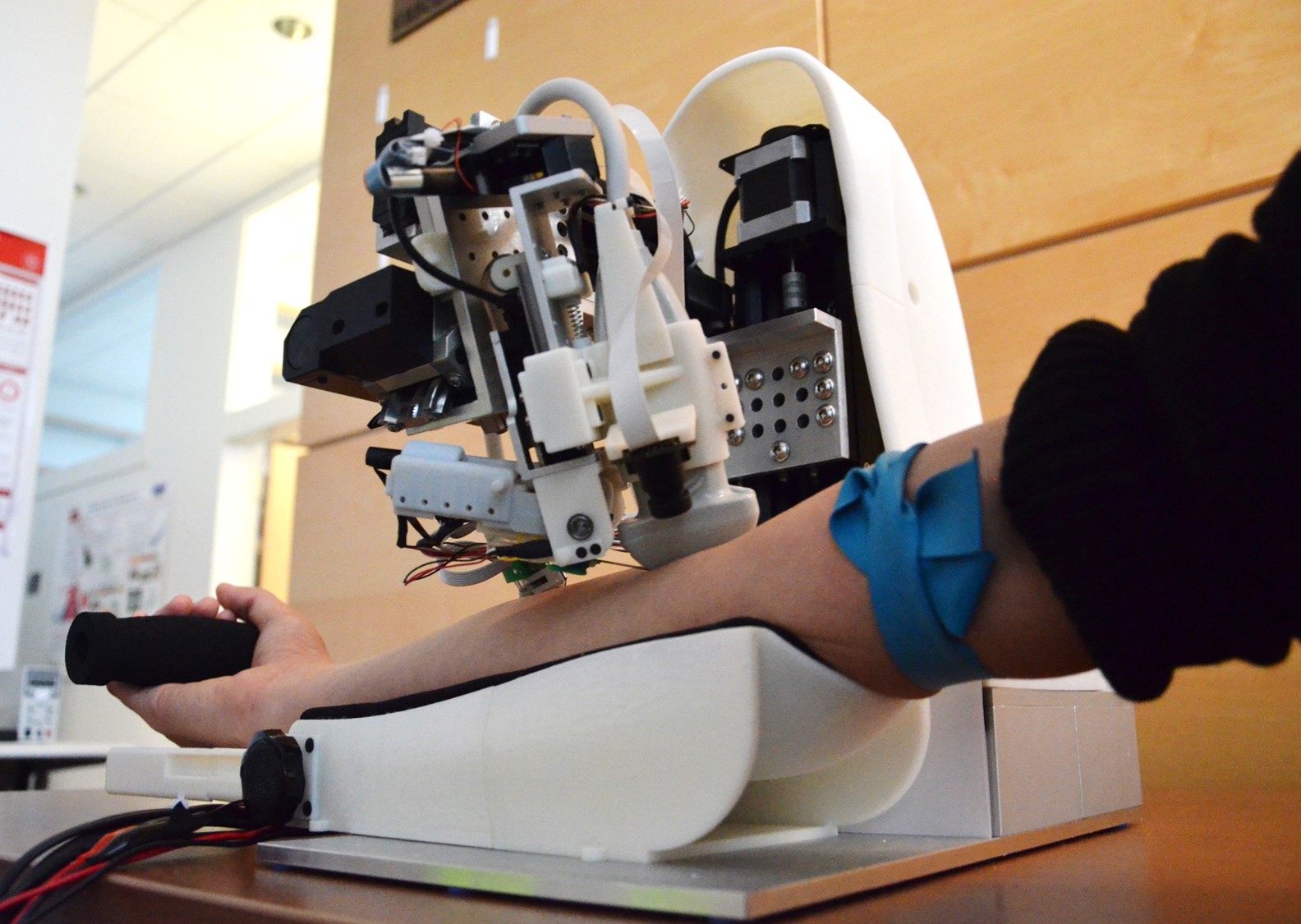
Robot Uses Artificial Intelligence and Imaging to Draw Blood
Rutgers engineers have created a tabletop device that combines a robot, artificial intelligence and near-infrared and ultrasound imaging to draw blood or insert catheters to deliver fluids and drugs. Their research results, published in the journal Nature Machine Intelligence, suggest that autonomous systems like the image-guided robotic device could outperform people on some complex medical tasks.